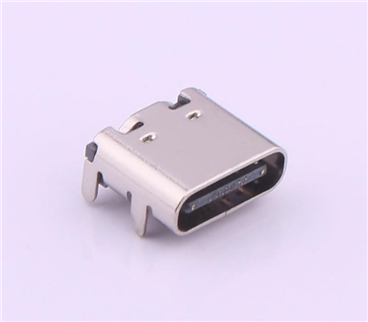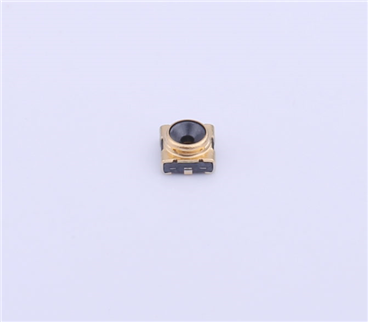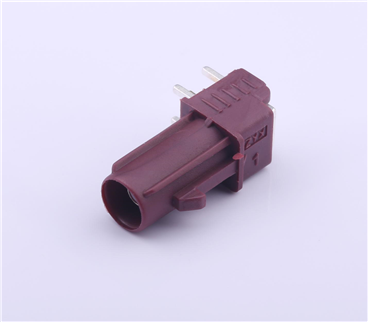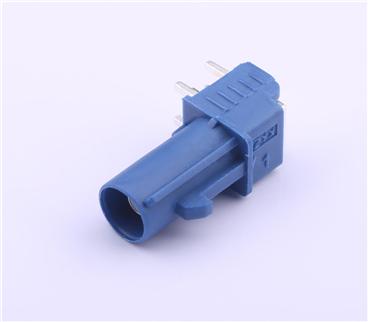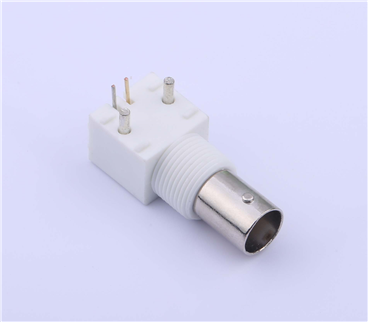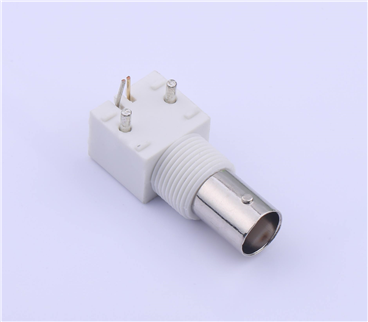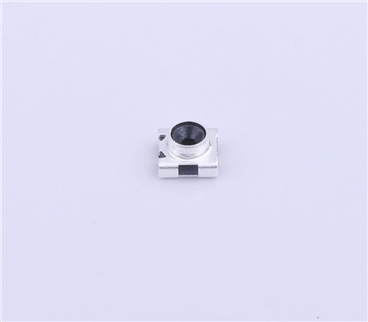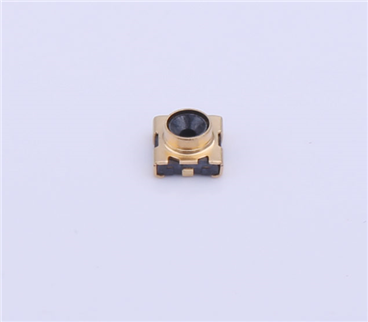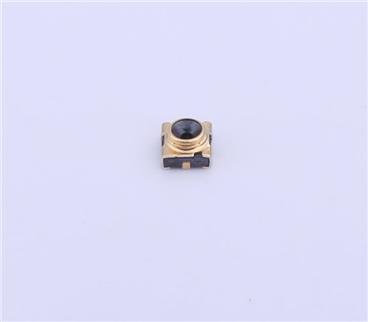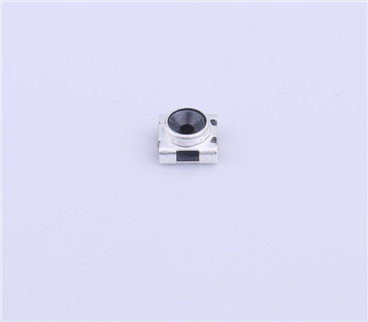1. Introduction to Passive Filters
Passive analog filters are essential components in signal processing, designed to attenuate or pass specific frequency components of signals. Below is the specification.
1.1 Lower frequency of 1 kHz (with 5V amplitude)
1.2 Frequency of 50 kHz (with 1V amplitude)
1.3 Composite signal
They are particularly useful for applications such as noise removal and signal separation in shared medium environments. This article explores the construction, operational principles, and applications of passive filters.
2. Passive components in Filters
Passive filters employ two primary reactive components: capacitors and inductors, each with distinct characteristics based on the frequencies applied.
2.1Capacitor
Capacitors store energy by maintaining charge between two plates. When a voltage is applied, current flows into the capacitor until the voltage across the plates equals the applied voltage. Once charged, the capacitor holds energy in its electric field.
In active filters, it is evident that current flows as voltage fluctuates and ceases when voltage stabilizes. Without a voltage difference, no current flows.
For direct current (DC), For direct current (DC), capacitors block current due to the absence of electrical continuity between their terminals. However, with alternating current (AC), current can pass through capacitors as energy transfers via their internal electric field.
From an AC standpoint, capacitors block lower frequencies while permitting higher frequencies to pass through
Capacitive impedance varies with frequency: at low frequencies, a capacitor behaves like an open circuit, while at high frequencies, it acts as a short circuit. At intermediate frequencies, capacitors exhibit impedance similar to resistors. However, unlike resistors, they do not dissipate energy as heat but store it in their electric field.
2.2 Inductor:
Inductors store energy in a magnetic field generated around their winding. Unlike capacitors, inductors allow steady current flow and resist changes in current and voltage.While capacitors are akin to springs, inductors resemble flywheels. When voltage is applied, an initial impedance limits current flow while establishing a magnetic field.
Once the magnetic field is established, direct current flows through the inductor unhindered. If you attempt to impede current through the inductor, the magnetic field generates voltage to maintain current flow.
For low frequencies, an inductor appears as a short circuit. For high frequencies, an inductor appears as an open circuit.Similar to capacitors, inductors exhibit impedance characteristics akin to resistors at intermediate frequencies, but unlike resistors, they do not dissipate energy as heat; instead, they store energy in a magnetic field.
In summary, capacitors and inductors are reactive components that complement each other in alternating current applications, making them ideal for constructing passive filters.
3. Decibel
Before delving further, it's essential to grasp the unit of measurement known as decibels (dB). Decibels are a logarithmic unit, as follows:
20 dB corresponds to 0 times amplitude and 100 times power, 40 dB represents 100 times amplitude and 10,000 times power, and so forth. Using decibels as a measurement unit allows us to easily handle a wide range of values, from very small to very large.
4. Frequency Response Plot
A frequency response plot, also known as a Bode plot, illustrates how a circuit responds across a range of frequencies, proving essential for filter design and analysis.
5. Capacitor High Pass Filter
A high pass filter allows higher frequencies to pass through while attenuating lower frequencies.Capacitors facilitate the passage of higher frequencies, making them suitable for constructing high pass filters.
From the frequency response plot, we observe that frequencies above approximately 16 kHz pass through with minimal change (close to 0 dB variation), while frequencies below this point exhibit increasing attenuation (at 100 Hz, the attenuation reaches -44 dB).
Filters do not create a brick wall effect to block lower frequencies but instead attenuate them more as frequency decreases. Combining filters can enhance this roll-off, also known as increasing the filter order.
For instance, the capacitor effectively removes the low-frequency 1 kHz component from the signal (as illustrated by the red trace in the graph).
6. Low-Pass Filter
A low-pass filter operates oppositely to a high-pass filter, allowing lower frequencies to pass through while attenuating higher frequencies. To convert the example to a low-pass filter, simply replace the capacitor with an inductor.
Similarly, frequencies below approximately 3 kHz pass through with minimal change (close to 0 dB variation), while frequencies above this point experience increasing attenuation (at 100 kHz, reaching -30 dB). It is important to note again that filters do not exhibit a brick wall effect to block higher frequencies but rather attenuate more as the frequency increases. Combining filters can also sharpen this roll-off, referred to as increasing the filter order.
In this scenario, high frequencies are bypassed to ground through the capacitor, effectively removing them from the signal. The frequency response plot for this setup is illustrated below:
7. Inductor High-Pass Filter
Similarly, we can construct a high-pass filter utilizing an inductor:
Here, the low-frequency components are shunted to ground through the inductor, effectively removing them from the signal. The frequency response plot for this configuration is shown below: [insert frequency response plot].
8. Cutoff Frequency
The cutoff frequency is defined as the point on the frequency response plot where the signal attenuates to -3 dB, corresponding to 50% of its original power (approximately 70.7% of its original voltage).This is also the point where the attenuation slope intersects with the passband slope on the chart.
For a capacitor filter, the frequency formula is:
C=1/ 2πRC
For an inductor filter, the frequency formula is:
C= R / 2πL
In the case of a capacitor filter with a 10k resistor and a 1nF capacitor, the frequency is:
C= 1/2π(10x10³)(1x10-9) = 15.9kHz
In the case of an inductor filter with a 10k resistor and a 1nF capacitor, the frequency is:
C=(10x10³)/2π(0.1) = 15.9kHz
Both of these cases align with what is observed in the frequency response plot above.
9. High-Order Filters
In the filters discussed earlier, each includes one reactive component. The slope in the stopband region of the frequency response plot is approximately 20 dB per decade.
By incorporating additional reactive components and/or filters, we can enhance each reactive component's slope by around 20 dB, thereby increasing the filter's order.
For instance, here is a second-order filter (2 reactive components) achieves a slope of about 40 dB per decade.
But it's crucial to note that increasing the order of the filter excessively also has drawbacks, such asheightened attenuation of signals even within the passband, signal propagation delay, and increased costs and circuit complexity.
10. Bandpass and Bandstop Filters
Lastly, bandpass or bandstop filters are created by combining high-pass and low-pass filters with appropriate cutoff frequencies.
 en
en 